The Evolution of U.S. Rocketry: From RD-180 to New Horizons
Written on
Chapter 1: The RD-180 Dependency
Why did the United States continue to rely on Russian RD-180 engines until recently? This question has sparked much discussion among our audience. Interestingly, this inquiry stems not from a single reader but rather from a variety of comments across different articles.
When conversations regarding the U.S. space program arise, it’s common for someone to remark, "They can't even produce their own engines; they still rely on Russian technology!"
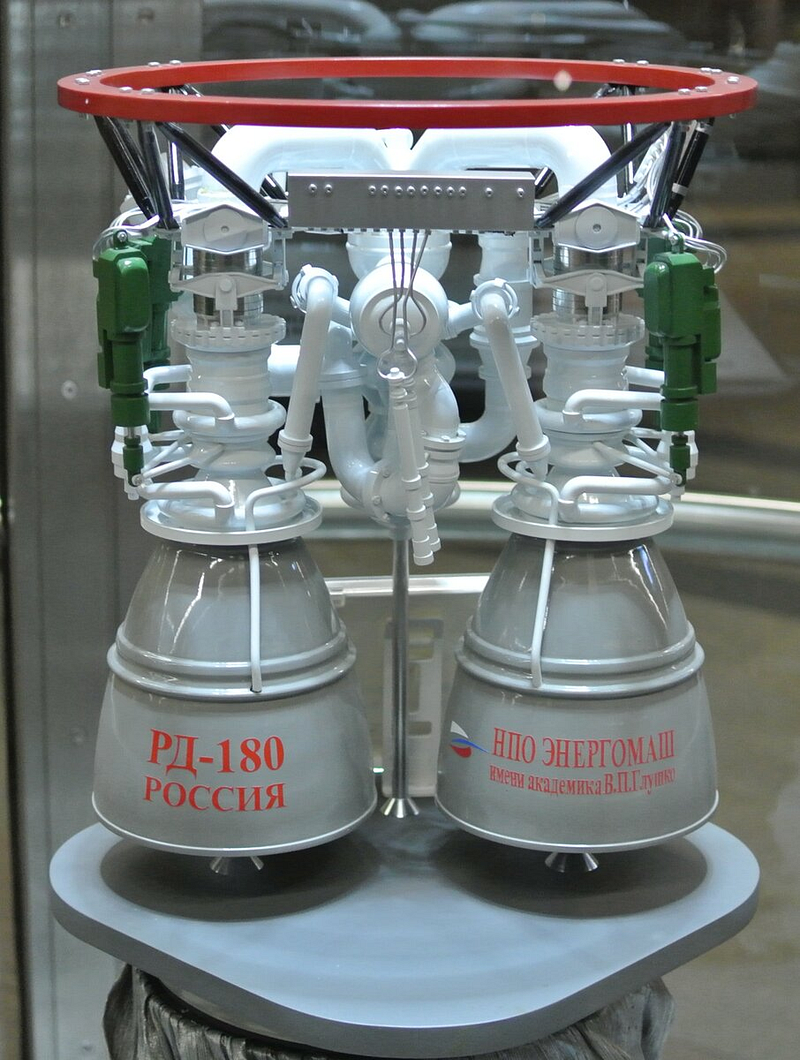
How did this situation develop?
How is it that an American rocket came to be powered by a Russian engine? Since the 1980s, the primary rockets for satellite launches in the U.S. have been the Atlas rocket family, notably Atlas-Centaur, along with Atlas-I and Atlas-II in the early 1990s. These rockets originated from the SM-65 Atlas intercontinental ballistic missile, first developed in 1957.

The SM-65 Atlas serves as the foundational design for all Atlas rockets. Modern versions, such as the Atlas V, still retain components from the original model. While these rockets offered a favorable mass-to-performance ratio, they were plagued by outdated technical solutions. Consequently, NASA sought to retire these rockets and create a new, state-of-the-art rocket to eliminate past complications.
General Dynamics, the company behind Atlas I and II, was tasked with this new project. However, they did not handle engine development directly, opting instead to outsource this to Rocketdyne. Rocketdyne's proposal for a new engine came with a steep price tag, prompting General Dynamics to explore alternatives.

At this juncture, the Russian RD-180 engines from NPO Energomash emerged as a far more economical choice compared to developing a new engine domestically. This was during the early 1990s, a period of improved relations between the U.S. and Russia under Yeltsin's administration, making it easier for NASA and the Pentagon to accept the use of Russian engines.
In addition to the favorable political climate, the RD-180 engine's performance was compelling, offering 10-15% greater efficiency than comparable engines using the same fuel type.
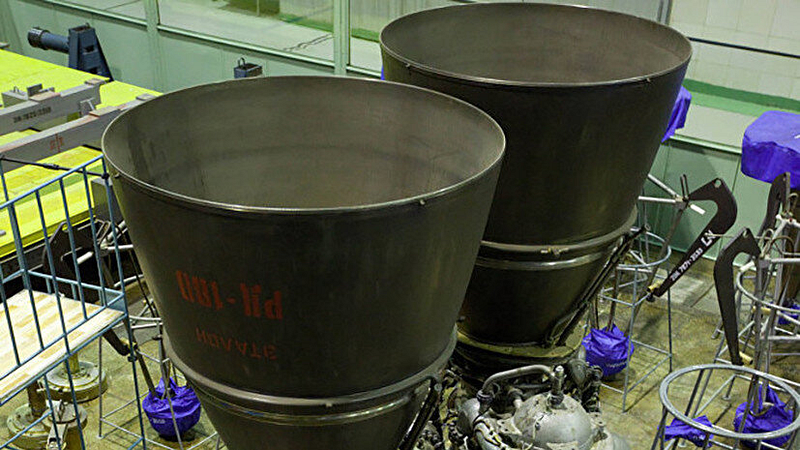
The U.S. received comprehensive technical documentation and the rights to produce the RD-180 engines, yet domestic production was never initiated. It turned out that procuring the engines directly from Energomash was more cost-effective than establishing a manufacturing line in the U.S. The first launch utilizing an RD-180 occurred in 2000, when the Atlas-III rocket successfully deployed the Eutelsat W4 communication satellite into geostationary orbit. From 2000 onward, the U.S. has conducted approximately 90 rocket launches using RD-180 engines, accounting for about 20% of all U.S. launches in that timeframe.
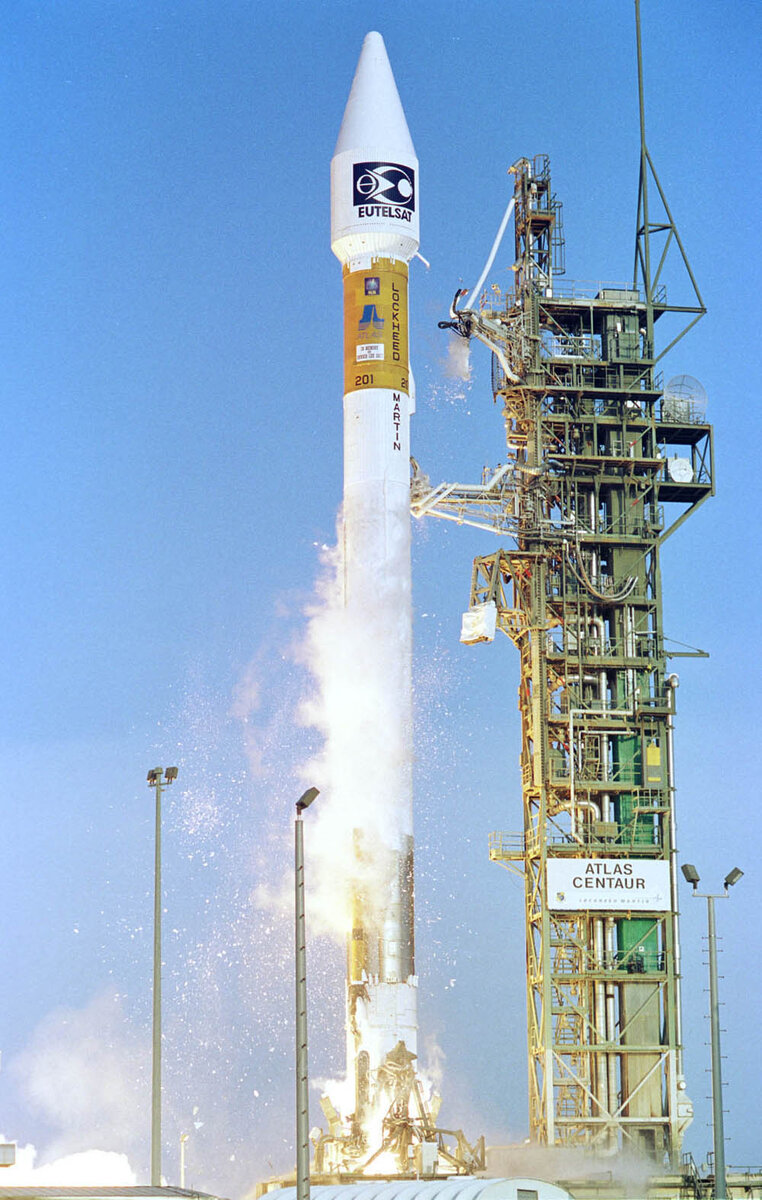
As diplomatic relations soured over time, NASA revisited the idea of moving away from the RD-180 or commencing domestic production. Although the number of RD-180 launches began to decline, this shift was not solely due to geopolitical tensions; rather, it coincided with the rise of SpaceX's Falcon rockets, which offered lower launch costs. For instance, in 2019, only 2 out of 27 U.S. rocket launches utilized Russian engines.
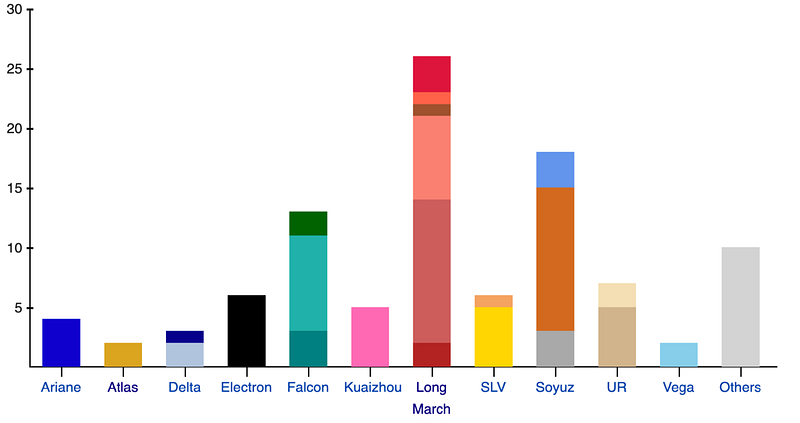
Currently, Falcon rockets have largely replaced the Atlas V in commercial satellite launches, impacting its presence in other sectors as well. The Atlas V now primarily serves purposes such as launching U.S. Air Force satellites into geostationary orbit under a contract with ULA, deploying missions beyond Earth’s orbit, and carrying out launches for Boeing’s Starliner spacecraft.
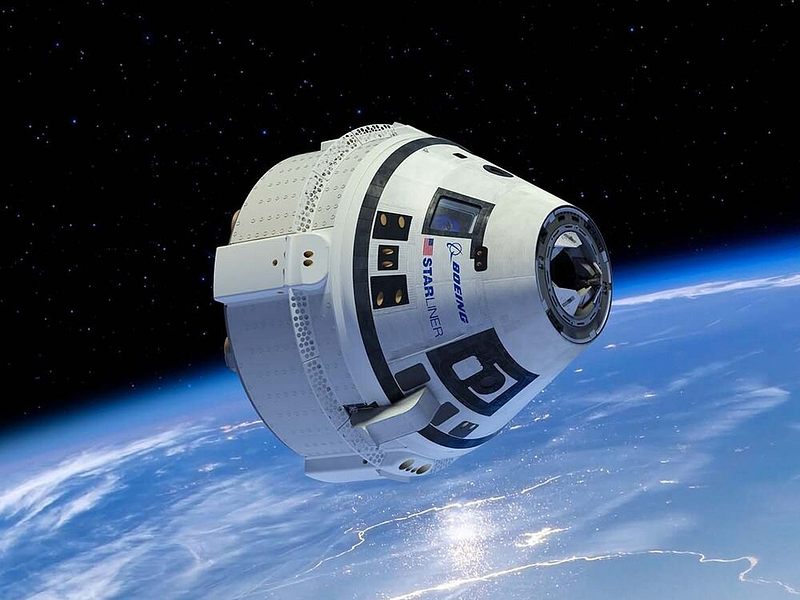
In addition to its diminishing competitiveness, the Atlas V is increasingly seen as outdated, with preparations underway for its successor. The Vulcan-Centaur rocket, powered by the new American BE-4 engine developed by Blue Origin, is set to replace the Atlas V, with the inaugural launch scheduled for December 24, 2023. This mission will see the new reusable spacecraft Dream Chaser enter orbit.
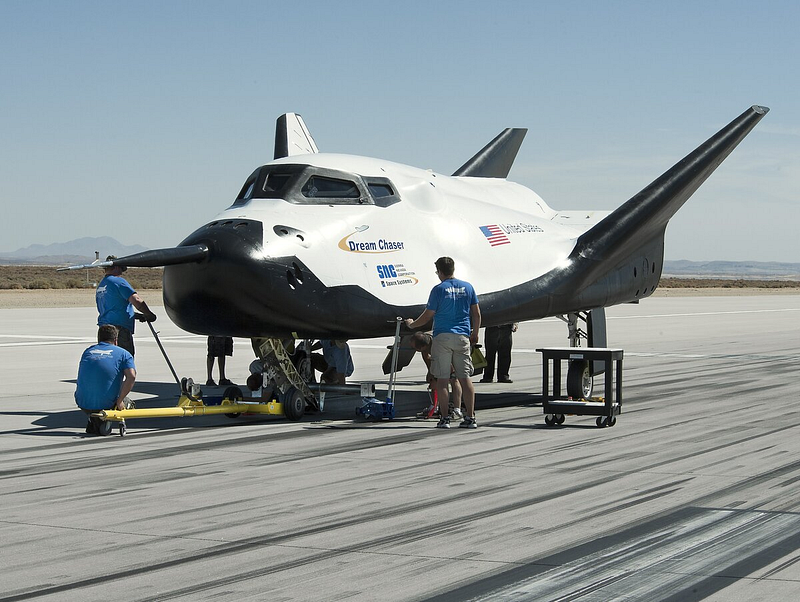
Can the U.S. Develop its Own Engine?
Returning to the initial query frequently found in comments, it is misleading to assert that the U.S. cannot create its own engines. Alongside rockets powered by RD-180 engines, the U.S. has successfully launched numerous rockets equipped with domestically produced engines.
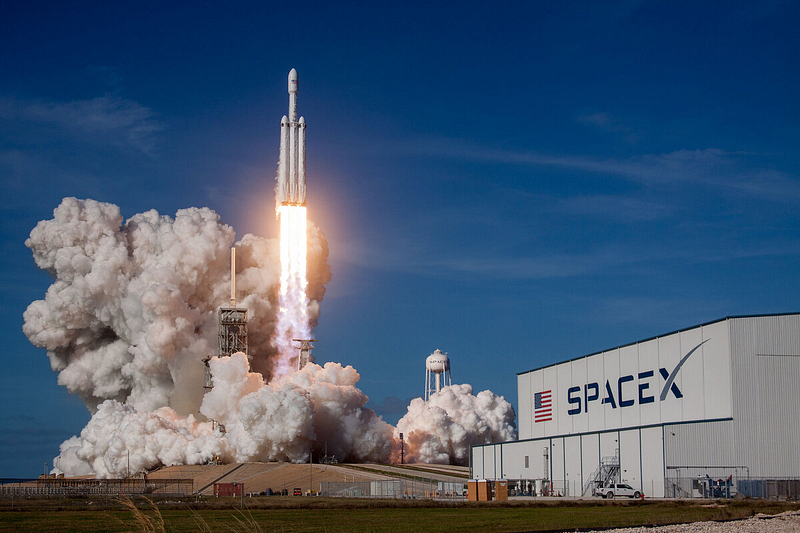
Moreover, American engines are featured in rockets with unparalleled payload capacities, such as Falcon Heavy (63 tons to LEO) and Delta IV Heavy (29 tons to LEO), in addition to the forthcoming SLS (130 tons to LEO) and Starship (100 tons to LEO), both nearing completion.
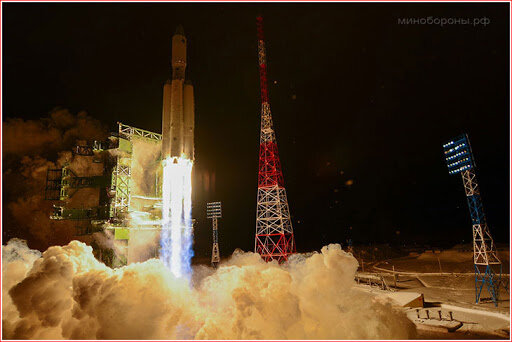
In contrast, the only comparable Russian rockets currently available are the Proton-M, capable of delivering 24 tons to GTO (Geostationary Transfer Orbit), and Angara, with a payload capacity of 24.5 tons to GTO. Of course, payload capacity is influenced by various factors, including engine performance.
Conclusion
The reliance on RD-180 engines by the U.S. is rooted in the design of the Atlas V rocket. This decision stemmed from several factors:
- The RD-180 was an exceptional engine, surpassing all existing alternatives at that time.
- Licensing an already developed engine was more economical than funding a completely new design.
- Production costs in Russia were also lower.
- Utilizing an existing engine expedited the development timeline for the Atlas III and Atlas V rockets.
- Improved diplomatic relations post-USSR collapse encouraged collaboration with Yeltsin's administration, which was eager to foster ties with the U.S.
If you’re interested in more articles about space, give us a clap!
Subscribe to our channel and share your questions, which I will address in future articles.
If you appreciate my work, consider supporting me by becoming a Medium member for just $5 a month, helping us create even better content.
Chapter 2: The Future of Space Launches
This video discusses the reasons behind the continued use of Soviet-era engines in 21st-century U.S. rockets, highlighting the complexities of rocket engine development.
In this video, learn about the U.S. military's new contracts with SpaceX following the last RD-180 engine launch, signaling a shift in the landscape of space exploration.